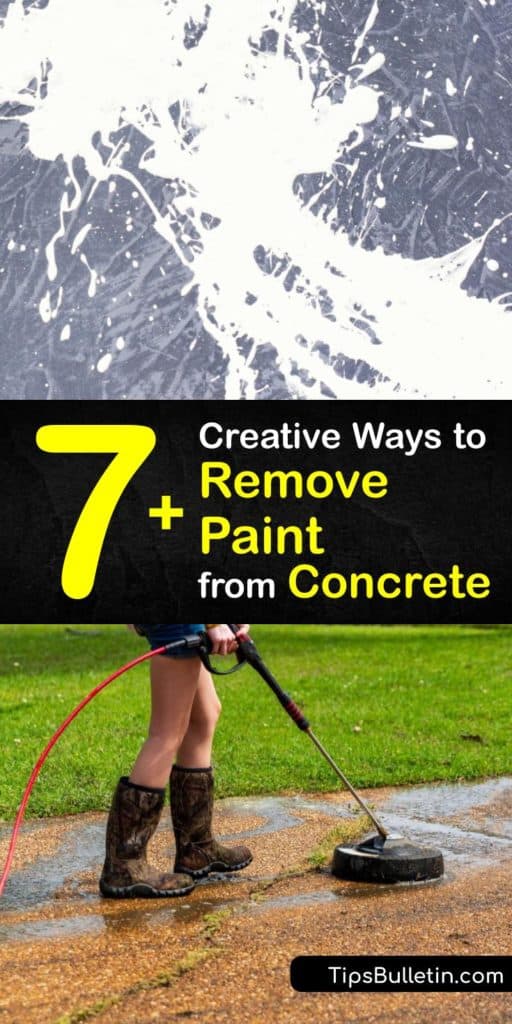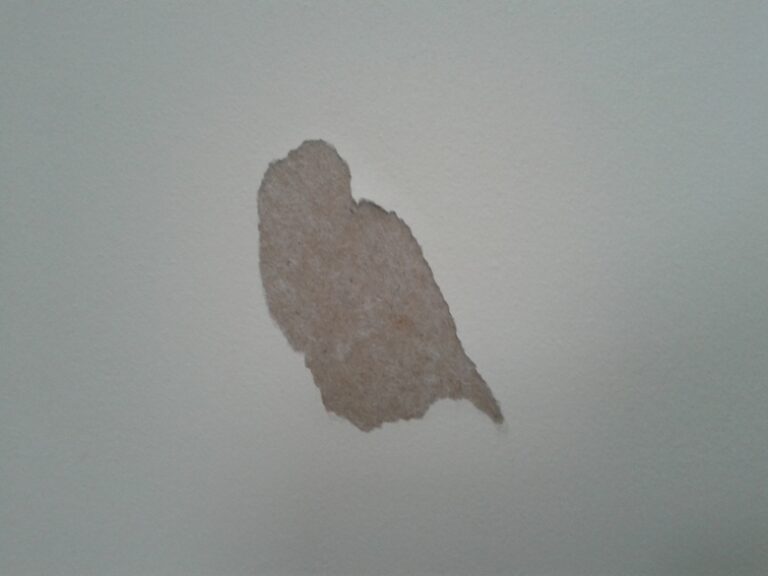Nothing ruins a paint job like an oily mess. Oil-based paints are notoriously difficult to work with, but with the right tools and techniques, you can get great results. Here’s how to spray oil-based paint like a pro.
- Put on your respirator and gloves
- Oil-based paint fumes are strong and can be harmful to your health
- Pour the paint into the airless sprayer
- Prime the pump by holding down the trigger for a few seconds
- Start spraying from one corner of the room, moving in a steady back and forth motion across the surface you’re painting
- Overlap each pass by about half an inch to ensure even coverage
- Keep a wet edge at all times to avoid lap marks
- If necessary, thin the paint with mineral spirits to maintain a consistent flow out of the sprayer tip
Can You Put Oil-Based Paint in Sprayer?
Whether you’re a professional painter or a do-it-yourselfer, using a paint sprayer can save you time and money. But what kind of paint should you use in your paint sprayer?
Oil-based paints have been around for centuries and are still a popular choice for many applications.
They’re durable and provide a beautiful, smooth finish. And thanks to recent advances in technology, oil-based paints can now be used in paint sprayers.
If you’re considering using an oil-based paint in your paint sprayer, there are a few things you need to know.
First, oil-based paints require thinners for cleanup and proper spraying consistency. Second, they tend to produce more fumes than water-based paints, so good ventilation is important when painting with them. Finally, always follow the manufacturer’s instructions for your specific paint sprayer to ensure optimal performance.
With these tips in mind, using an oil-based paint in your paint sprayer can be a great way to get the job done quickly and easily.
Does Oil-Based Paint Need to Be Thinned to Spray?
Oil-based paint needs to be thinned in order to be sprayed. This is because the viscosity of the paint is too thick and would clog up the sprayer if it were not thinned down. There are a few ways to thin oil-based paint, but the most common way is to use mineral spirits.
You simply add some mineral spirits to the paint until it reaches the desired consistency. Another way to thin oil-based paint is to use a commercial thinner that is specifically designed for this purpose.
What Kind of Thinner Do You Use for Oil-Based Paint?
There are a few different types of thinners that can be used for oil-based paint, but the most common is mineral spirits. Mineral spirits are a petroleum-based solvent that can be used to thin oil-based paint, as well as clean up tools and equipment after painting. Other types of thinners that can be used for oil-based paint include turpentine and white spirit, but these are less common and not as widely available as mineral spirits.
Can You Thin Oil-Based Paint With Paint Thinner?
Oil-based paint can be thinned with paint thinner. However, it is important to note that oil-based paints require a different type of thinner than water-based paints. Therefore, you should only use paint thinner specifically designed for oil-based paints.
Additionally, you should only thin oil-based paint if absolutely necessary. Thinning paint can affect the color and consistency of the paint, so it is best to avoid it if possible.
How to Thin Oil-Based Paint for Spraying
Oil-based paint is great for a variety of surfaces, but it can be tricky to work with. If you’re planning on spraying oil-based paint, you’ll need to thin it first. Otherwise, the paint will be too thick and won’t spray evenly.
There are a few different ways to thin oil-based paint. You can use mineral spirits, naphtha, or turpentine. Each of these solvents will work differently, so make sure you read the labels carefully before choosing one.
Once you’ve selected a solvent, pour it into the paint container and mix thoroughly. Start with just a few ounces and add more as needed until the paint is the right consistency. Be careful not to add too much – you don’t want the paint to be too thin!
When you’re ready to start painting, test your sprayer first on some scrap material. This will help you get a feel for how much thinner you need to add and how well the sprayer works with the thinner mixture. Once you’re happy with the results, start painting your project!
How to Spray Oil-Based Paint on Cabinets
Spraying oil-based paint on cabinets is a great way to achieve a smooth, professional finish. However, there are a few things you need to know before you get started. Here are some tips for how to spray oil-based paint on cabinets:
1. Make sure the surface is clean and free of any dust or debris. This will help ensure that the paint adheres properly.
2. Use painters tape to protect any areas that you don’t want painted, such as countertops or floors.
3. Set up a drop cloth or other protective covering in the area where you’ll be painting. This will help catch any overspray and make cleanup easier.
4. If possible, remove the cabinet doors and drawers before painting.
This will make it easier to reach all surfaces and avoid any drips or runs.
5 . When ready to paint, begin by using light even strokes with your brush or roller.
Then follow with slightly heavier coats until you’ve achieved full coverage . Be sure to let each coat dry completely before adding another . Oil – based paint can take several hours or even overnight to fully dry , so plan accordingly .
6 Allow the final coat of paint to cure for at least 24 hours before replacing the doors and drawers , and enjoy your newly refreshed cabinets !
How to Spray Oil Based Paint With Hvlp
Spraying oil-based paint with an HVLP system is a great way to achieve a professional finish without having to hire a professional painter. Here are some tips on how to set up your HVLP system and spray oil-based paint like a pro:
1. Set up your HVLP system according to the manufacturer’s instructions.
Make sure that you have the proper air pressure and fluid flow rates before you start painting.
2. Pour your oil-based paint into the cup of your HVLP gun. If you are using multiple colors, pour each color into its own cup so that you can keep them organized while painting.
3. Hold the gun about 8 inches away from the surface that you are painting and begin spraying in long, even strokes. Overlap each stroke by about 50% to ensure even coverage.
4. Let the first coat of paint dry for at least 2 hours before applying a second coat.
If necessary, thin the second coat of paint with mineral spirits before spraying it on. This will help prevent sagging or runs in the wet paint.
Conclusion
Spraying oil-based paint is a quick and efficient way to apply a finish to your project. However, there are a few things you need to know before you start spraying. First, always thin the paint according to the manufacturer’s directions.
This will ensure that the paint flows smoothly through the sprayer and doesn’t leave any clumps on your surface. Second, be sure to use an oil-based primer if you’re painting over a previously painted surface. This will help the new paint bond to the old surface and prevent peeling or chipping down the road.
Finally, always clean your equipment thoroughly after use.


